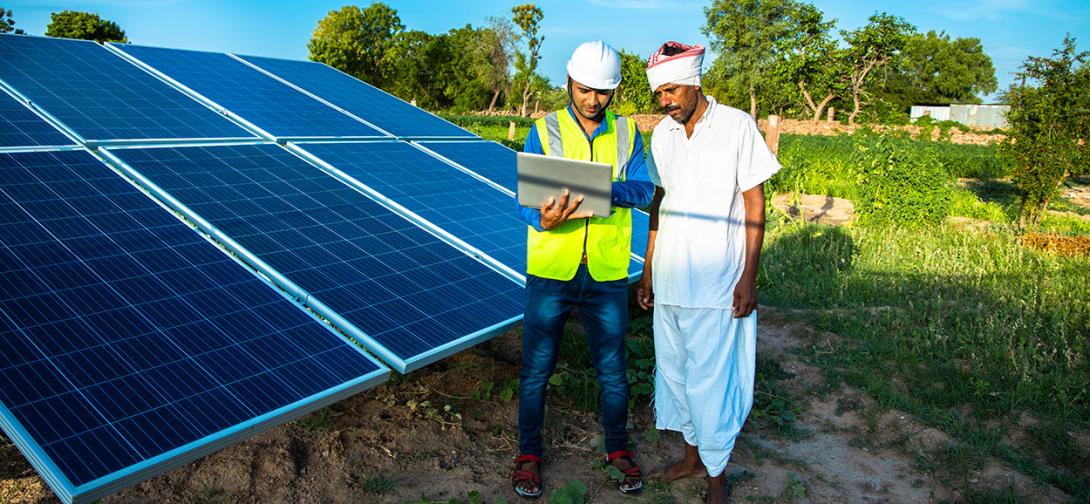The Indian renewable energy sector has added 4,4 GW of new capacity during Q1 of this fiscal.
Solar remains the mainstay of the renewable new capacity addition and it added about 3.7 GW during Q1 of this fiscal, while the wind power segment added 770 MW of new capacity. During the first quarter of last fiscal, the wind energy sector added a new capacity of 1.1 GW, about 1/4th of the overall new capacity added to the grid during the period.
As of June 30, 2024, the total grid-connected capacity of renewables stood at 148 GW. Of this, the solar power segment accounted for 85 GW, followed by wind power at 47 GW, and biomass at 1.4 GW. The small hydro segment accounted for 5 GW.
Of the total 85 of solar capacity, ground-mounted solar capacity accounted for 66.5 GW, while grid-collected solar rooftop accounted for about 13 GW. Hybrid projects and off-grid solar segments accounted for about 2.6 GW and 3.4 GW respectively.
“Installed solar capacity has increased by 32x from 2.6 GW in 2014 to 85.5GW now. The technology innovation and innovative market mechanisms have been instrumental in bringing the overall costs down. Solar is now the cheapest form of energy but is variable in nature, so India needs deployment of flexible generation sources for better integration of renewable energy, said Vibhuti Garg, Director of South Asia, Institute for Energy Economics and Financial Analysis (IEEFA).
Also, while solar rooftop capacity also increased, the progress has been slow. India needs to introduce innovative financial mechanisms as high upfront capital cost is one of the big bottlenecks, he felt.
In June 2024, about 3,200 MW of wind-solar hybrid and 500 MW of utility-scale solar capacity were allotted to various renewable energy developers. Also, Gensol Engineering secured GUVNL’s 250 MW/500 MWh standalone battery energy storage systems in Gujarat, according to JMK Research.


